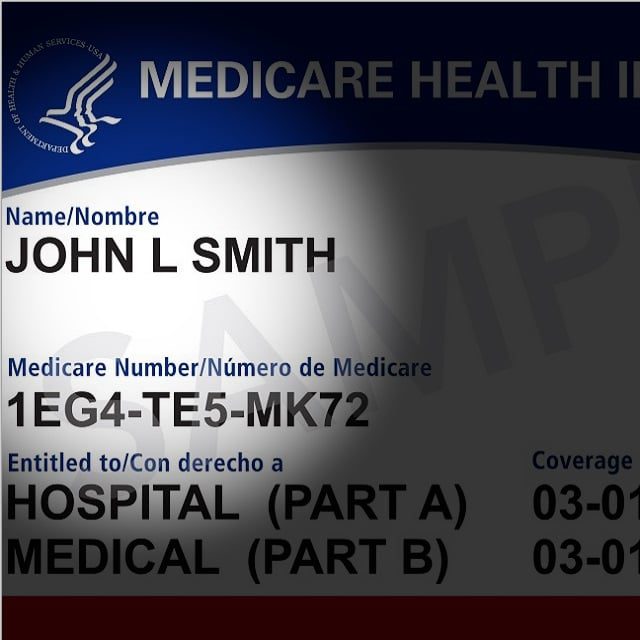Medicare Basics in a Nutshell: A Medicare Question

What You Need to Know
Some clients may need to buy coverage for the first time.
Others may find their finances or health care needs have changed.
One thing they share: The hope that someone like you can help them figure it all out.
As the season of open enrollment for Medicare approaches, individuals across the nation are gearing up to make informed decisions about their health care coverage.
This period, an important time in the health care calendar, offers a golden opportunity for beneficiaries to reassess their plans and make necessary adjustments, to ensure that the plans are aligned with their current health needs and financial circumstances.
In this column, we will delve into the nuances of open enrollment, offering guidance and expert insights that will help you guide your clients through this critical phase with confidence and ease.
As a trusted guide through this yearly journey, let’s shine a light on the less traveled paths and answer important questions before the enrollment countdown begins.
The Question:
What critical facts should prospective and current beneficiaries know as they step into Medicare’s annual enrollment period?
The Answer:
Here are some things to know when you’ll be helping clients or others with common enrollment questions.
1. Enrollment windows:
The clock is ticking.
As the year progresses, it’s essential for your clients to mark their calendars for the annual enrollment period AEP, which takes place from Oct. 15 to Dec. 7.
During this time, clients have the golden opportunity to review, adjust, or enroll in a new Medicare plan to better suit their needs.
Before the AEP arrives, clients might encounter the initial enrollment period, or IEP, a seven-month window that begins three months before a client’s 65th birthday month and ends three months after.
This period is primarily for those turning 65 and offers a penalty-free period for enrollment in Medicare.
If the IEP overlaps with the Medicare open enrollment period, it will take priority in terms of enrollment timing and Medicare coverage specifics.
If the IEP is missed, there’s still a chance to enroll during the general enrollment period, or GEP, which runs from Jan. 1 to March 31 each year.
However, warn clients that they must be prepared to pay penalties if they choose to enroll during the GEP.
2. Medicare’s alphabet: The parts of Medicare are A, B, C and D — and each letter signifies a different facet of Medicare coverage.
Part A provides insurance for inpatient hospital care.
Part B pertains to insurance for physicians’ services and outpatient hospital services.
Part D plans provide prescription drug coverage.
Part C, often termed Medicare Advantage, governs private plans that look to the enrollee as if they combine parts A and B and often Part D.
3. Cost conundrum: Clients may be surprised to find that they have to pay for Medicare coverage.
Premiums, deductibles, co-pays and out-of-pocket maximums vary based on the chosen plan.




